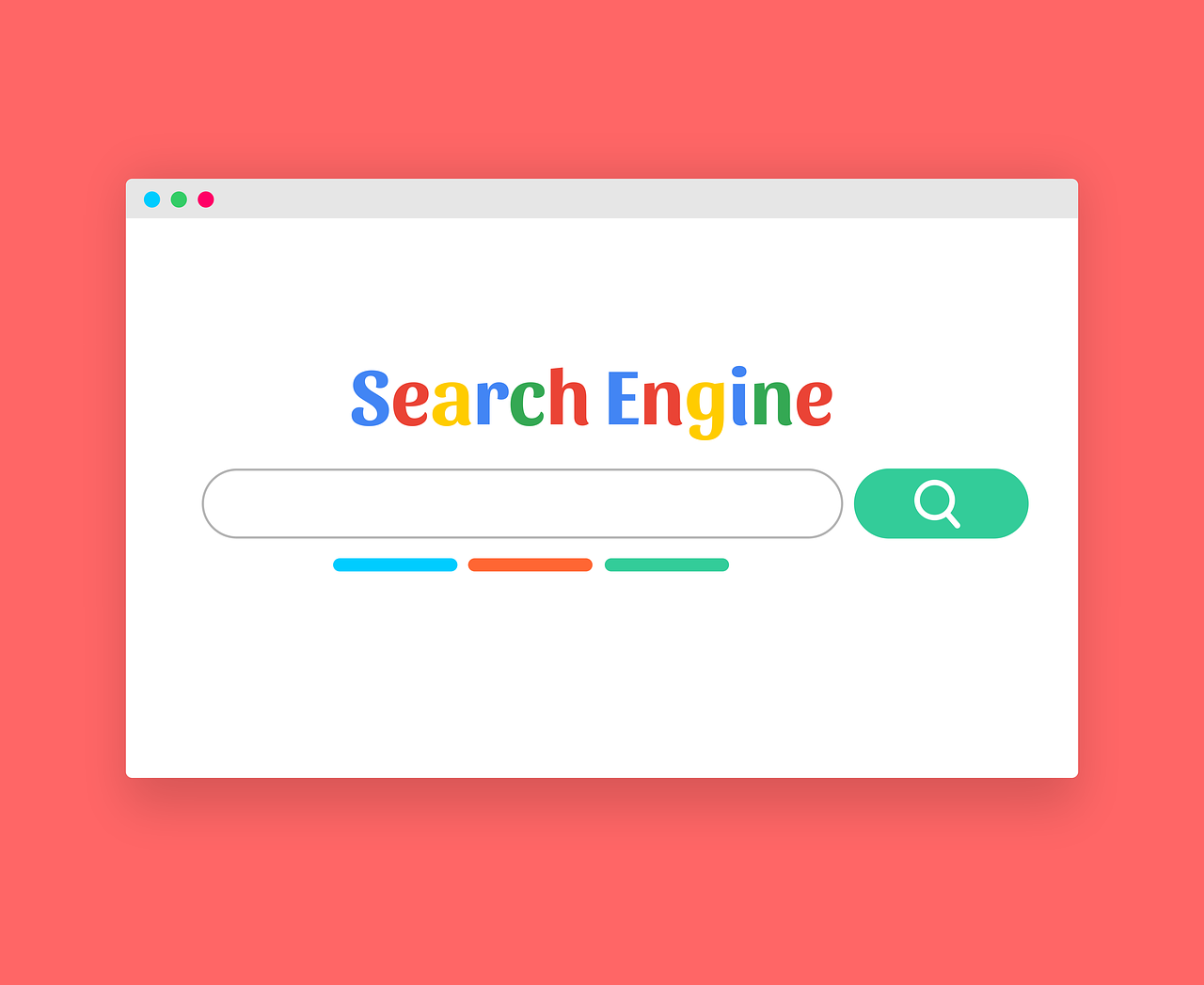Creating SEO-optimized content is one of the most effective ways to increase your website’s visibility, attract organic traffic, and improve your search engine rankings. Whether you’re running a blog, an e-commerce store, or a business website, mastering SEO (Search Engine Optimization) can significantly boost your online success.
In this guide, we’ll break down everything you need to know about SEO-optimized content, from keyword research to content structure, and on-page SEO techniques.
What is SEO-Optimized Content?
SEO-optimized content is any type of content that is strategically designed to rank higher on search engines like Google. This involves:
✅ Using relevant keywords
✅ Writing high-quality, valuable content
✅ Optimizing for user experience (UX)
✅ Structuring content with SEO best practices
By following SEO guidelines, your content can appear on the first page of Google search results, leading to more traffic, better engagement, and increased revenue.
Step 1: Keyword Research – The Foundation of SEO Content
Before you start writing, you need to find the right keywords that people are searching for.
How to Find the Best Keywords
1️⃣ Use Keyword Research Tools
- Google Keyword Planner (Free) – Shows search volume and competition.
- Ubersuggest (Free & Paid) – Provides keyword difficulty and ranking suggestions.
- Ahrefs / SEMrush (Paid) – Advanced keyword insights and competitor analysis.
2️⃣ Analyze Competitors
- Search for a topic in Google and check the top-ranking pages.
- Use tools like Ahrefs or Moz to see what keywords competitors rank for.
3️⃣ Look for Long-Tail Keywords
- Example: Instead of “SEO tips”, target “SEO tips for beginners in 2024”.
- Long-tail keywords have less competition but higher conversion rates.
Keyword Placement
Once you have your target keywords, place them strategically in your content:
✅ Title (H1) – Include your primary keyword.
✅ First 100 Words – Naturally introduce the keyword in the opening paragraph.
✅ Headings (H2, H3, H4) – Use keywords in subheadings to improve readability.
✅ Meta Description – Write a compelling summary with your keyword.
✅ URL Slug – Keep it short and include the keyword (e.g., yoursite.com/seo-content-tips).
✅ Image Alt Text – Describe images with relevant keywords
Step 2: Writing High-Quality, Engaging Content
Google prioritizes valuable, user-friendly content. Here’s how to make yours stand out:
1. Write for Humans First, Search Engines Second
- Don’t stuff keywords unnaturally.
- Focus on providing value and solving users’ problems.
2. Follow an SEO-Friendly Content Structure
Use a clear and organized format to improve readability and ranking:
Example Structure for an SEO-Optimized Blog Post:
1️⃣ Introduction – Hook the reader and introduce the topic.
2️⃣ Main Content – Break content into sections with subheadings (H2, H3).
3️⃣ Bullet Points & Lists – Make key points easy to scan.
4️⃣ Internal Links – Link to other relevant pages on your site.
5️⃣ Conclusion – Summarize and encourage user interaction (comments, sharing).
3. Use Short Paragraphs and Sentences
✅ Break large blocks of text into 2-3 sentence paragraphs.
✅ Use bold, italics, or highlights for important points.
✅ Add visuals like images, infographics, and videos to improve engagement.
Step 3: On-Page SEO Optimization
Once your content is written, optimize it for search engines.
1. Optimize Meta Tags
- Title Tag (max 60 characters): Should contain your primary keyword.
- Meta Description (max 160 characters): Write a compelling summary with keywords.
2. Improve URL Structure
- Keep it short and readable.
- Use hyphens instead of underscores (e.g.,
example.com/seo-guide).
3. Optimize Images for SEO
- Use descriptive file names (
seo-tips.pnginstead ofimage1.png). - Add ALT text with relevant keywords to improve image search rankings.
- Compress images using TinyPNG or ShortPixel to improve load time.
4. Use Internal and External Links
- Internal Links: Link to relevant content within your website (improves SEO and keeps visitors engaged).
- External Links: Link to high-quality sources to boost credibility.
Step 4: Improving User Experience (UX) for SEO
Google ranks websites higher when they offer a great user experience.
✅ Mobile-Friendly Design – Ensure your site is responsive on all devices.
✅ Fast Page Load Speed – Use Google PageSpeed Insights to check performance.
✅ Clear Call-to-Action (CTA) – Encourage readers to take action (subscribe, share, buy).
Step 5: Promoting & Updating Content for Better Rankings
Your content needs promotion and regular updates to maintain rankings.
1. Promote Your Content
📢 Share on social media (Twitter, Facebook, LinkedIn).
📢 Submit to forums and communities (Reddit, Quora).
📢 Send to your email subscribers.
2. Refresh Old Content
🔄 Update outdated stats, images, and links every 6-12 months.
🔄 Add new subheadings, FAQs, and videos for better engagement.
Bonus: SEO Content Checklist ✅
✔ Keyword Research Completed
✔ Primary & Secondary Keywords Used Naturally
✔ SEO-Friendly URL
✔ Title Tag & Meta Description Optimized
✔ High-Quality, Engaging Content
✔ Internal & External Links Added
✔ Images Optimized with ALT Text
✔ Fast Loading & Mobile-Friendly
Final Thoughts: SEO-Optimized Content That Ranks
Creating SEO-optimized content is not just about adding keywords—it’s about providing real value, structuring content effectively, and following best practices to rank higher on Google.
By focusing on high-quality writing, keyword research, user experience, and regular updates, you can create content that attracts consistent traffic and revenue for your website.
🚀 Ready to start? Optimize your next blog post using these tips and watch your rankings improve!

No responses yet